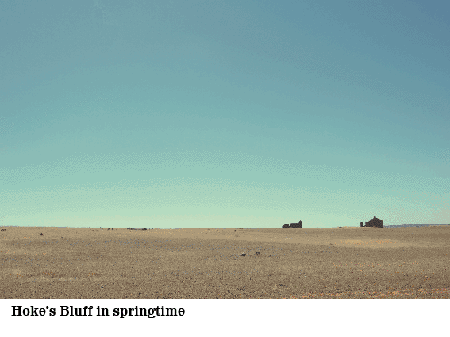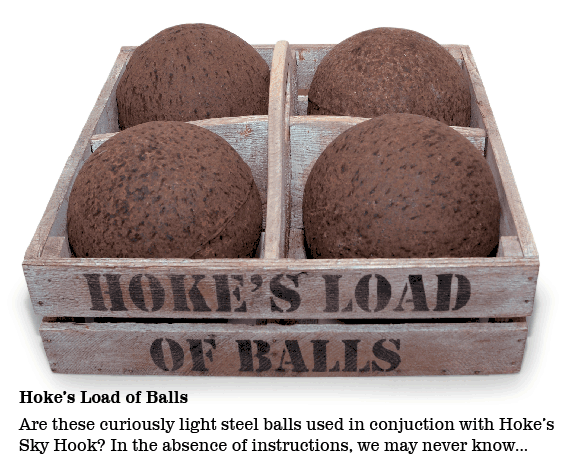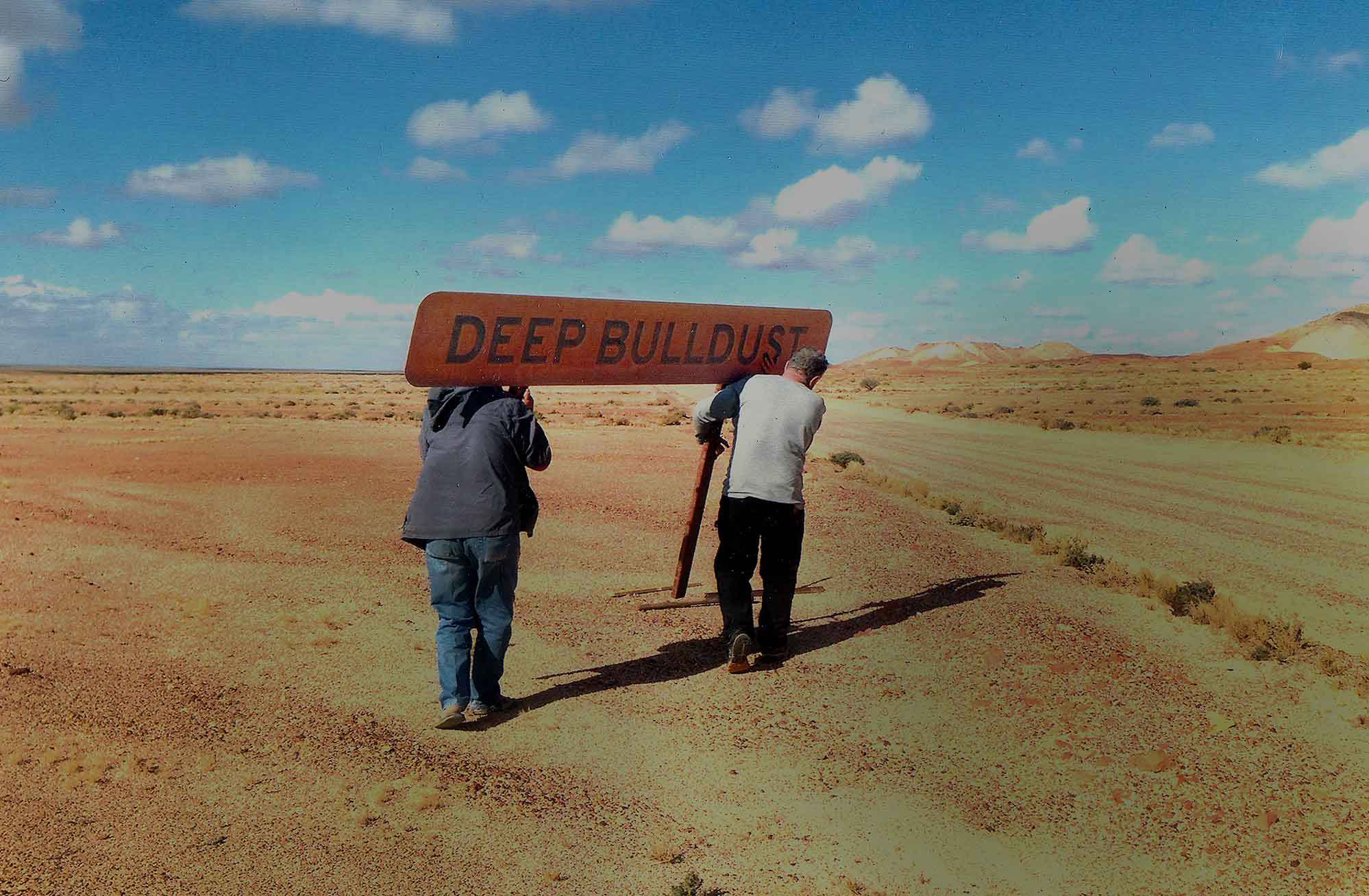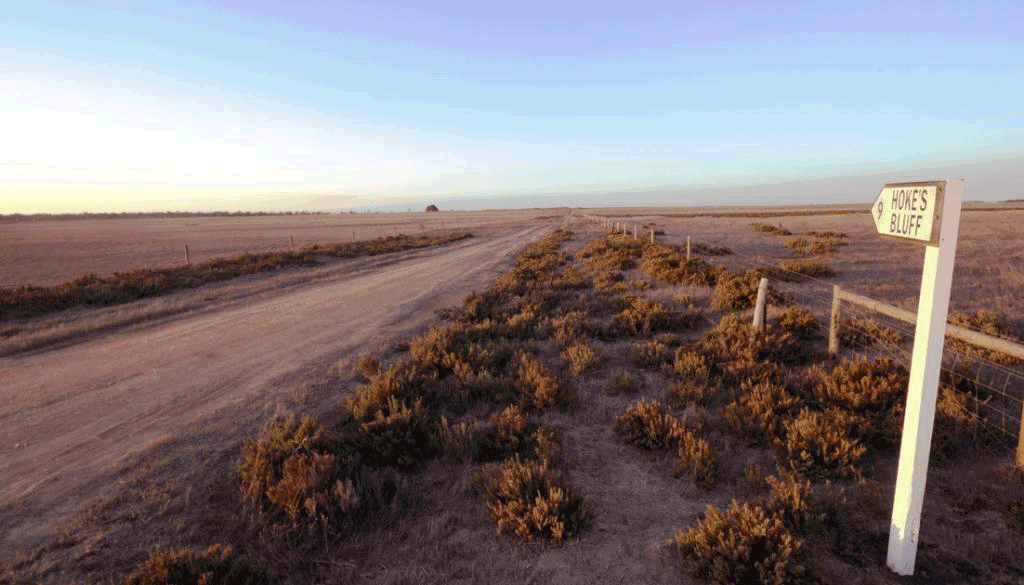This film was made by cinematographer Kim Batterham, producer Graeme Isaac and director Mark Thomson, as part of the National Museum of Australia’s Rare Trades exhibition. We acknowledge the NMA’s assistance in bringing these clips to you.
Rare Trades: 7. the milliner
This film was made by cinematographer Kim Batterham, producer Graeme Isaac and director Mark Thomson, as part of the National Museum of Australia’s Rare Trades exhibition. We acknowledge the NMA’s assistance in bringing these clips to you.
Rare Trades: 6. the scrolling painter
This film was made by cinematographer Kim Batterham, producer Graeme Isaac and director Mark Thomson, as part of the National Museum of Australia’s Rare Trades exhibition. We acknowledge the NMA’s assistance in bringing these clips to you.
Rare Trades: 5. the sawmaker
This film about the traditional craft of saw making was made by cinematographer Kim Batterham, producer Graeme Isaac and director Mark Thomson, as part of the National Museum of Australia’s Rare Trades exhibition. We acknowledge the NMA’s assistance in bringing these clips to you.
Henry Hoke will just not go away
Despite our best efforts to consign Henry Hoke and his brilliant works to the great book of history, the old coot will not lay down and die!
The Lost Tools of Henry Hoke exhibition continues to tour to regional South Australia throughout some of 2012 and negotiations are underway for the exhibition’s location to Canberra in 2013.
In the meantime the exhibition will be touring in regional SA – Roxby Downs from April 18 to May 27, Port Lincoln from June 13 to July 15 and Goolwa soon after that.
In addition some of Henry’s work will feature in an exhibition at Arizona State University called Emerge
http://emerge.asu.edu/
Henry will be amongst a collection of science fiction persons as part of “Powered by Fiction: Artists, Makers, Tinkerers and the Backstories that Inspire Them to Create, presented by Intel in The Design Gallery. Sadly, pressure of work here at the Institute prevents Research Director Mark Thomson from attending and setting them straight.
Rare Trades: 4. Dry Stone Walling
James Collins and Huntly Barton demonstrate the ancient trade of dry stone walling in this film, which was made by cinematographer Kim Batterham, producer Graeme Isaac and director Mark Thomson, as part of the National Museum of Australia’s Rare Trades exhibition. We acknowledge the NMA’s assistance in bringing these clips to you.
Rare Trades: 3. Stonemason
Stonemason Andrew Patience is a “time served” stonemason” – he has done the full traditional stonemasonry apprenticeship and has a strong belief in the moral power of the nature of work.
Rare Trades: 2. Tinsmithing
John Yard demonstrates the ancient trade of tinsmithing in this film, which was made by cinematographer Kim Batterham, producer Graeme Isaac and director Mark Thomson, as part of the National Museum of Australia’s Rare Trades exhibition. We acknowledge the NMA’s assistance in bringing these clips to you.
Rare Trades: 1. Bookbinding
The Institute of Backyard Studies is proud to present a series of short films on some of the rare trades which are fast disappearing in the modern world. The films, originally made by Institute Director Mark Thomson with producer Graeme Isaac and renowned cinematographer Kim Batterham to accompany an exhibition on Rare Trades presented by the National Museum of Australia, will be posted on the site one by one over the next few weeks. The first one features the art of traditional hand bookbinding as practised by Daphne Lera, and coming soon will be films on sawmaking, stonemasonry, coachbuilding, shoemaking, millinery, scroll painting – and more. Check the site every week or so for new films.
We look forward to your comments on the films, and any suggestions for other rare manually skilled trades which the Institute might investigate in future.
What do we know about Henry Hoke?
Contemplation of Henry’s work always provokes thought: indeed, profound thought. What is this widget really for? What was he thinking when he made this? Why bother? What is the point of anything? Henry Hoke was (potentially at least) our own Thomas Edison, never fully recognised … but right to the end, he was a sceptically thoughtful yet energetic man whose activities ranged far and wide across the broad fields of human endeavour. I believe that for his colossal efforts Henry deserves, at the very least, a dusty, inconspicuous corner in the Temple of Fame. Henry Hoke’s life promised so much yet the specific details often remained elusive: the few scraps that remain are like the glimpse of magnificent vine-covered ancient ruins through a dense jungle. They tantalise us and pose more questions than they answer. We know, for instance, that he was raised in the small town of Hoke’s Bluff, now a ghost town – sometimes there, sometimes not. His father, Silas Hoke, was the town’s pharmacist and librarian and of slightly sinister character. His mother Beryl was a leading figure in the Ladies’ Blacksmithing League, an organisation described as midway between the Hell’s Angels and the Country Women’s League. It is almost certain that Henry gained his early mechanical and metalworking skills from his accomplished mother.We know that he worked for a period in the Merchant Marine and as an automotive mechanic and a shearer. Despite our painstaking forensic reconstructions and laborious research, the mighty jigsaw that is Henry Hoke still has many empty spaces. It is time to redress the outrage that we have, until now, neglected a true prince of inventiveness in our midst, a man whose life’s work towers above us like a monument to colossal pointlessness. I leave you to reach your own conclusions about Henry Hoke’s astonishing life and work. I’ve got no idea. Readers are encouraged to help fill in any details they might of Henry’s lfe and activities by clicking here.
We know, for instance, that he was raised in the small town of Hoke’s Bluff, now a ghost town – sometimes there, sometimes not. His father, Silas Hoke, was the town’s pharmacist and librarian and of slightly sinister character. His mother Beryl was a leading figure in the Ladies’ Blacksmithing League, an organisation described as midway between the Hell’s Angels and the Country Women’s League. It is almost certain that Henry gained his early mechanical and metalworking skills from his accomplished mother.We know that he worked for a period in the Merchant Marine and as an automotive mechanic and a shearer. Despite our painstaking forensic reconstructions and laborious research, the mighty jigsaw that is Henry Hoke still has many empty spaces. It is time to redress the outrage that we have, until now, neglected a true prince of inventiveness in our midst, a man whose life’s work towers above us like a monument to colossal pointlessness. I leave you to reach your own conclusions about Henry Hoke’s astonishing life and work. I’ve got no idea. Readers are encouraged to help fill in any details they might of Henry’s lfe and activities by clicking here.

